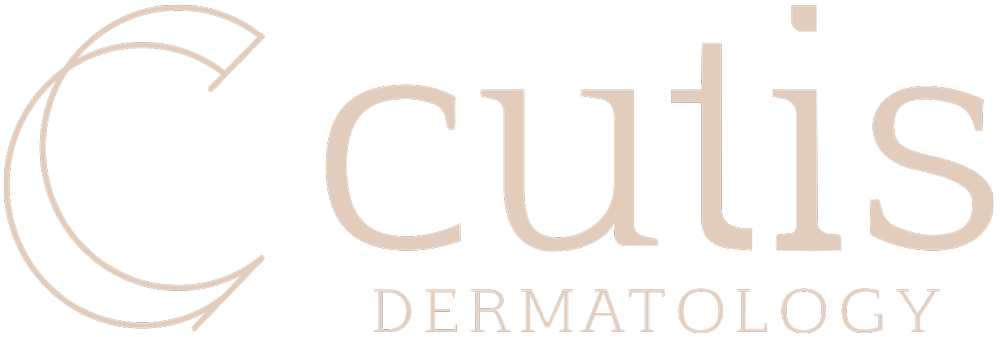Navigating breast cancer treatment can be overwhelming, especially after a diagnosis of early-stage breast cancer. A lumpectomy, or partial mastectomy, is a type of breast-conserving surgery designed to remove cancerous tissue while preserving as much healthy breast tissue as possible.
Key Points
- Removes cancerous tissue while preserving most of the breast.
- Often followed by radiation to reduce recurrence risk.
- Typically quicker than mastectomy, can return to normal activities in weeks.
- Lymph nodes may be removed to assess cancer spread.
Lumpectomy Surgery at a glance
Our results speak for themselves
FAQs
What is a lumpectomy?
A lumpectomy is a type of breast-conserving surgery that involves removing a breast lump (tumor) along with a margin of surrounding healthy tissue.
The goal is to excise all cancerous tissue while preserving as much of the natural breast tissue as possible. This procedure helps avoid the need for a mastectomy (full breast removal) in many cases of early-stage breast cancer.
Who is a good candidate for a lumpectomy?
Ideal candidates for lumpectomy are patients with early-stage breast cancer where the tumor is small enough relative to the size of the breast, typically less than 5 cm in diameter. It’s most commonly used for non-invasive cancers (such as ductal carcinoma in situ or DCIS) or small invasive cancers.
How do I prepare for a lumpectomy?
Preparing for a lumpectomy involves several important steps to ensure the procedure goes smoothly:
- Imaging tests: Prior to surgery, mammograms, ultrasounds, or MRIs are conducted to locate the tumor accurately and confirm its size and boundaries. These tests help guide the surgeon during the procedure.
- Lymph node biopsy: If necessary, a sentinel lymph node biopsy is performed to check whether the cancer has spread to nearby lymph nodes. This is important because it helps determine the staging of cancer and the appropriate treatment plan.
- Quit smoking: Smoking can impair wound healing and increase the risk of complications. Patients are advised to stop smoking at least a few weeks before surgery.
- Limit caffeine intake: Reducing caffeine can improve your body’s response to anesthesia and healing process.
- Arrange for help: After the procedure, you’ll need assistance to go home, as you may feel groggy from anesthesia. It’s also a good idea to arrange for help at home during the initial recovery period.
What happens during the lumpectomy surgery?
The lumpectomy procedure typically takes about 1 to 2 hours, performed under general anesthesia. Here’s a breakdown of the steps:
- Incision and tumor removal: The surgeon makes an incision on the breast and removes the tumor along with some healthy tissue around it (called a margin) to ensure all cancer cells are excised. The size of the incision depends on the tumor’s size and location.
- Lymph node evaluation: The surgeon may remove sentinel lymph nodes to determine if cancer has spread to the lymphatic system. These nodes are the first places cancer is likely to spread. A biopsy is then performed on these lymph nodes.
- Closing the incision: After removing the tumor and evaluating the lymph nodes, the surgeon will close the incision with stitches. A drainage tube might be inserted to collect any fluid that could accumulate post-surgery.
What is the role of radiation therapy after a lumpectomy?
Radiation therapy is commonly recommended after a lumpectomy to eliminate any remaining cancer cells that might not have been removed during surgery. The goal is to reduce the risk of the cancer recurring in the same breast.
How long does recovery take after a lumpectomy?
The recovery process varies by individual, but most patients can expect:
- Initial recovery: You will spend time in recovery after surgery and may be able to go home the same day, or you may need to stay overnight for observation.
- Pain management: You may experience some pain, bruising, or swelling around the surgical site. Pain medication will help alleviate discomfort, and ice packs can be used to reduce swelling.
- Activity restrictions: Avoid lifting heavy objects, strenuous exercise, and raising your arm above shoulder height for 2-4 weeks to avoid stress on the incision site.
- Follow-up appointments: Your doctor will schedule follow-up visits to check the healing process and discuss any further treatment plans. These visits usually occur every few weeks during the first few months after surgery.
What are the risks of a lumpectomy?
Like any surgical procedure, lumpectomy has associated risks, including:
- Infection: There’s always a risk of infection at the surgical site. Keeping the area clean and following aftercare instructions will help minimize this risk.
- Scarring: Although efforts are made to minimize visible scarring, some scars are inevitable. Over time, scars may fade, but the breast’s appearance might be altered.
- Changes in breast appearance: Some patients notice changes in the shape, size, or symmetry of the breast after the surgery. This can often be managed with reconstructive techniques, but it’s important to have realistic expectations.
- Lymphedema: If lymph nodes are removed, there is a risk of lymphedema (swelling in the arm or breast area due to the buildup of lymph fluid). This can be managed with physical therapy.
Products

O Cosmedics cleansing range
$63.00-$64.00

O Biotics 3D Hyaluronic Serum
From $97.00
With over 30 years of experience, our surgeons deep commitment to high-quality, patient-centred care, with a focus on safety, informed consent, and optimal patient outcomes.
What is the likelihood of breast cancer recurring after a lumpectomy?
Breast cancer recurrence after a lumpectomy is possible, but the risk is relatively low, especially for early-stage breast cancer.
- Key factors: The risk of recurrence depends on factors like the cancer type, tumor size, margin status (whether cancer-free tissue was removed around the tumor), and whether lymph nodes are involved.
- Regular follow-ups: Continuous monitoring through follow-up appointments, imaging, and self-exams is essential for early detection. If cancer recurs, it’s typically treatable with surgery, chemotherapy, or other therapies.
What is margin status, and why is it important?
Margin status indicates if cancer cells remain in the tissue around the removed tumor. Negative margins mean no cancer cells are found, suggesting full removal. Positive margins mean cancer cells are present, possibly requiring further surgery or treatment.
What is the cost of a lumpectomy?
The cost of a lumpectomy can vary based on factors such as the healthcare provider, location, and whether the surgery is covered by insurance.
In some cases, the procedure may be partially or fully covered by health insurance, but out-of-pocket costs can still vary.
How can I manage the emotional impact of having a lumpectomy?
It’s normal to feel a range of emotions after breast cancer surgery. Support from loved ones, talking to a counselor or support group, and having a solid care plan in place can help manage the emotional effects. Joining breast cancer support groups where individuals share similar experiences can provide comfort and coping strategies.
What are the benefits of choosing lumpectomy over mastectomy?
The main benefits of lumpectomy include:
- Breast preservation: It allows you to keep most of your breast tissue, maintaining the natural shape and feel of the breast.
- Shorter recovery time: Recovery after a lumpectomy is typically faster than mastectomy, allowing you to return to daily activities sooner.
- Effective treatment for early-stage cancer: For many women with early-stage breast cancer, lumpectomy combined with radiation therapy can offer results that are just as effective as a full mastectomy in preventing cancer recurrence.
This information is based on the standard practices and outcomes of lumpectomy procedures, providing a well-rounded guide for patients considering the surgery.
Why choose Cutis Clinic?
Dr. Assad Bangash and Dr. Nasrin Davarpanah bring over 50 years of combined experience in breast surgery. Their skills in reconstructive and aesthetic surgery ensure not only effective cancer treatment but also a commitment to preserving the natural appearance of the breast.
Dr. Bangash and Dr. Davarpanah take a compassionate, patient-centered approach, carefully tailoring each procedure to meet the unique needs of the individual. With his extensive training and experience, they provide comprehensive care, guiding patients through every step of the process from diagnosis to recovery, ensuring the highest level of support and care throughout their journey.


